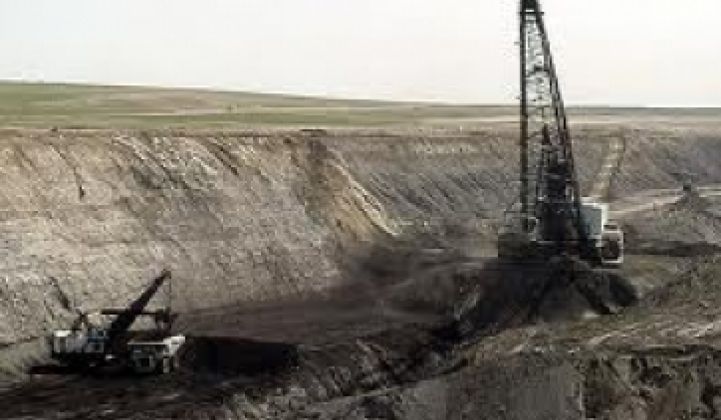Coal is a major source of greenhouse gases.
Unfortunately, we can't live without it. Currently, coal generates 45.9 percent of the electricity in the U.S. It is also somewhat plentiful and cheap in China and India where economic growth and social development is intimately tied to inexpensive electricity. It won't go away anytime soon.
Some important attempts to answer this question are underway. In Alaska, a Native American Indian Corporation and a startup called Laurus Energy want to burn the coal and convert it to natural gas underground. The particulate matter from the rock will never make it to the surface.
In Texas, Accelergy says it can convert coal into a jet fuel that will cost $50 to $60 a barrel and result in far less pollution than the liquid fuels produced from coal using the oft-derided Fischer-Tropsch process.
Jim Carter, chair of the Alberta Carbon Capture & Storage (CCS) Development Council, says that the recoverable reserves in Canada's tar sands could be doubled to 2.8 billion barrels by injecting 450 million tons of carbon dioxide from nearby coal-fired power plants into the ground.
Now for the hard part. These technologies are all in the experimental stage and we're already woefully behind schedule. By 2030, the world will need 850 CCS plants storing 2,000 gigatons a year. By 2050, the number of CCS plants needs to grow to 3,400 projects to keep atmospheric CO2 to 450 parts per million, according to the International Energy Agency.
Critics further add that the siren song of clean coal will divert resources and money away from technologies like solar and biofuels.
Is cleaner coal a costly diversion? Or is it the economic and ecological chance of a lifetime?
Read more on this topic in a joint effort by General Electric Ecomagination and Greentech Media, and join the conversation here.



